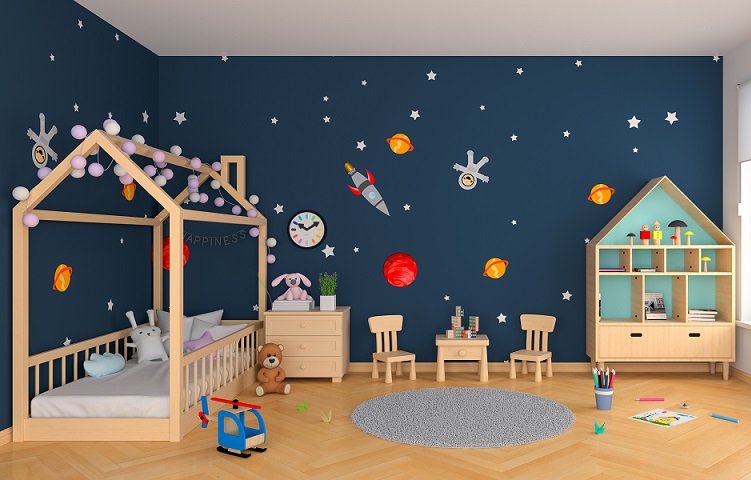Sapphire Jewelry and Self-Love: A Gift to Yourself

When it comes to self-love, there are many ways to nurture and celebrate your own worth. One of the most timeless and elegant ways is through the gift of sapphire jewelry. Whether it’s a bold sapphire ring, a delicate necklace, or a pair of earrings, sapphire jewelry offers a stunning reminder of your own beauty and strength. In cities like Birmingham, known for its rich jewelry-making history, you can find exquisite sapphire pieces, including unique engagement rings Birmingham, that can be a powerful symbol of self-appreciation and personal empowerment.
Sapphires have long been associated with wisdom, loyalty, and nobility, making them a perfect choice for anyone looking to invest in a piece of jewelry that not only looks beautiful but also carries deep meaning. Their stunning blue hues evoke calm and clarity, and their durability makes them a lasting symbol of resilience and strength. When you choose sapphire jewelry … Read more



